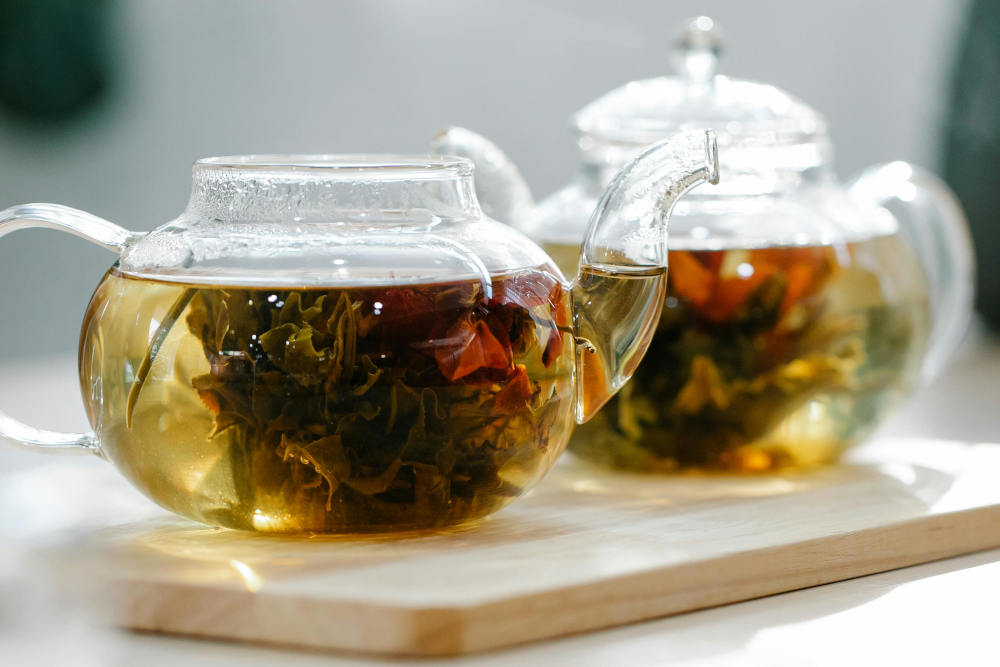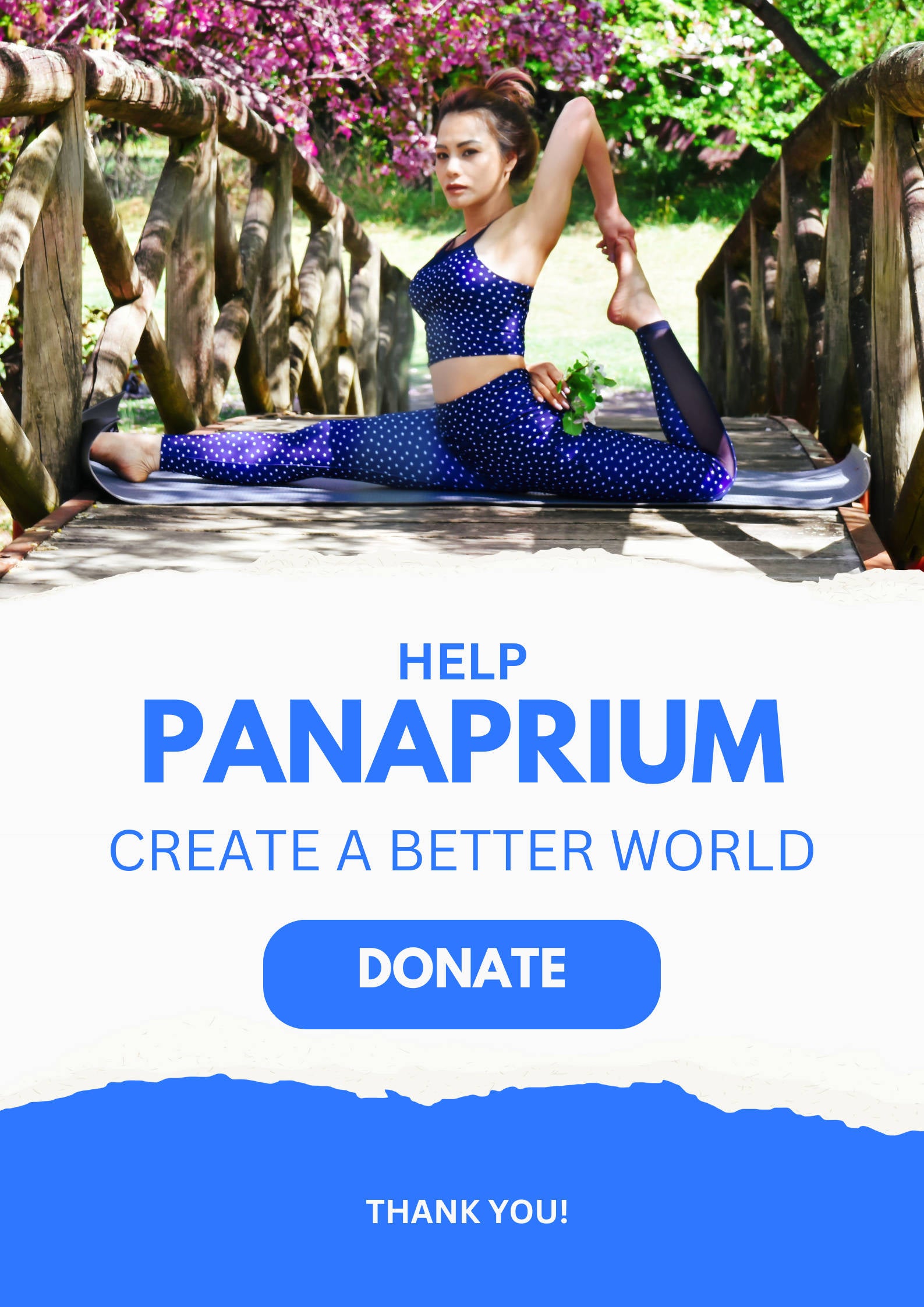
Herbal teas have long been praised for their natural healing properties, offering support for everything from digestion to relaxation. However, while herbal teas are generally safe, mixing certain herbs together can lead to adverse interactions, reduce their effectiveness, or even cause harm. Whether you're an herbalist, tea lover, or just getting started with herbal remedies, it's crucial to understand which herbs should not be combined.
This article explores the herbal combinations to avoid, the science behind the risks, and how to enjoy herbal teas safely.
Panaprium is independent and reader supported. If you buy something through our link, we may earn a commission. If you can, please support us on a monthly basis. It takes less than a minute to set up, and you will be making a big impact every single month. Thank you!
Why Some Herbs Should Not Be Combined
Herbs contain powerful active compounds that can interact with each other — or with medications. When consumed together in tea, these interactions may:
-
Amplify or reduce the effect of one or both herbs.
-
Cause unwanted side effects (such as nausea, dizziness, or liver toxicity).
-
Create imbalances in the body (such as overstimulating the nervous system or disrupting digestion).
-
Interfere with medications like blood thinners, antidepressants, or blood pressure drugs.
Just because something is natural doesn't mean it's automatically safe in combination.
1. St. John’s Wort + Other Herbs That Affect Mood
Avoid mixing with:
-
Valerian
-
Kava
-
Passionflower
-
5-HTP
-
Ginseng
Why: St. John’s Wort is known for its antidepressant effects by affecting serotonin levels. When combined with other herbs that also influence the central nervous system (CNS), it can cause serotonin syndrome, excessive sedation, or overstimulation.
Risks: Confusion, muscle twitching, sweating, high blood pressure, and agitation.
2. Licorice Root + Diuretic or Blood Pressure Herbs
Avoid mixing with:
-
Dandelion
-
Horsetail
-
Hawthorn
-
Uva Ursi
-
Nettle
Why: Licorice root can raise blood pressure and retain sodium in the body. Combining it with herbs that act as diuretics or affect cardiovascular function may lead to electrolyte imbalances, water retention, or dangerously high blood pressure.
Risks: Headaches, swelling, fatigue, potassium depletion, arrhythmia.
3. Ginseng + Caffeine-Containing or Stimulating Herbs
Avoid mixing with:
-
Guarana
-
Yerba mate
-
Green or black tea
-
Ephedra (ma huang)
Why: Ginseng is a natural stimulant. When combined with other energizing herbs, it may overstimulate the nervous system, increase heart rate, and raise blood pressure.
Risks: Insomnia, anxiety, heart palpitations, nervousness.
4. Kava + Sedative or CNS-Depressant Herbs
Avoid mixing with:
-
Valerian
-
Hops
-
Passionflower
-
Skullcap
-
Chamomile (in large amounts)
Why: Kava is a strong relaxant that acts on GABA receptors in the brain. Mixing it with other sedatives may lead to excessive drowsiness, poor motor control, or liver strain.
Risks: Liver toxicity, impaired coordination, sleep disturbances.
5. Ginger + Blood-Thinning Herbs
Avoid mixing with:
-
Garlic
-
Ginkgo biloba
-
Turmeric
-
Willow bark
-
Feverfew
Why: Ginger has mild blood-thinning properties. When combined with other anticoagulant herbs, the effect may become too strong, increasing the risk of bruising or bleeding, especially before surgery or if you're taking blood-thinning medication.
Risks: Nosebleeds, heavy menstruation, easy bruising.
6. Senna + Other Laxative or Bitter Herbs
Avoid mixing with:
-
Cascara sagrada
-
Aloe vera (latex)
-
Rhubarb root
-
Buckthorn
-
Dandelion root (in large amounts)
Why: Senna is a potent stimulant laxative. Combining it with other laxatives or bitters can cause diarrhea, dehydration, and electrolyte imbalance.
Risks: Cramping, dehydration, dependence on laxatives, low potassium.
7. Echinacea + Immunostimulant Herbs (Long Term)
Avoid mixing long-term with:
-
Astragalus
-
Cat’s claw
-
Elderberry (in strong doses)
Why: While short-term use may enhance immune function, combining immunostimulants over long periods may overstimulate the immune system and potentially trigger autoimmune responses in susceptible individuals.
Risks: Autoimmune flare-ups, inflammation, fatigue.
8. Milk Thistle + Detoxifying or Liver-Acting Herbs
Avoid mixing with:
-
Dandelion root
-
Burdock root
-
Yellow dock
-
Oregon grape
Why: Milk thistle supports liver detoxification, but too many liver-stimulating herbs taken together can overload the liver or alter drug metabolism.
Risks: Nausea, liver enzyme fluctuation, reduced drug efficacy.
9. Peppermint + Acid-Reflux Triggering Herbs
Avoid mixing with:
-
Licorice (if using DGL-free form)
-
Citrus peels
-
Ginger (for some people)
Why: Peppermint relaxes the lower esophageal sphincter, which can worsen acid reflux or GERD symptoms, especially when combined with other reflux-inducing herbs.
Risks: Heartburn, indigestion, stomach upset.
10. Willow Bark + Any Herb with Blood-Thinning or Anti-inflammatory Action
Avoid mixing with:
-
Turmeric
-
Garlic
-
Ginkgo
-
Ginger
-
Meadowsweet
Why: Willow bark is a natural source of salicin (like aspirin). Combining it with other anti-inflammatory or anticoagulant herbs increases the risk of bleeding and stomach irritation.
Risks: Gastric ulcers, slow wound healing, easy bruising.
Herbal Tea Combinations That Are Safe and Effective
While some combinations are risky, many herbal blends work beautifully together. Here are a few examples of safe and effective pairings:
| Purpose | Safe Combinations |
|---|---|
| Sleep Aid | Chamomile + Lavender + Lemon balm |
| Immune Boost | Echinacea (short-term) + Elderberry + Ginger |
| Digestive Support | Fennel + Peppermint + Chamomile |
| Anti-Inflammatory | Turmeric + Ginger + Lemongrass |
| Stress Relief | Ashwagandha + Holy Basil + Licorice (short-term) |
Tips for Mixing Herbs Safely
-
Research Each Herb Thoroughly
Understand how each herb affects the body and what medications it may interact with. -
Limit to 2–3 Herbs Per Blend
Start with a small number of herbs to reduce the risk of interactions. -
Avoid Mixing Herbs with Similar Potency or Action
For example, don’t mix several strong sedatives or blood thinners. -
Use Professional Guidance
Consult with a trained herbalist or healthcare provider, especially if you’re pregnant, on medication, or have a chronic condition. -
Start With Low Doses
Even safe herbs can cause reactions in sensitive individuals. Always test a small amount first.
Conclusion
Herbal teas are powerful tools for healing, but not all herbs play well together. Just as with pharmaceuticals, combining certain herbs without proper knowledge can lead to unexpected or dangerous results. By avoiding the risky combinations outlined above and following safe blending practices, you can enjoy the full benefits of herbal teas — without the unwanted side effects.
When in doubt, less is more. Respect the power of plants.
References
-
Natural Medicines Comprehensive Database.
-
National Center for Complementary and Integrative Health (NCCIH) – https://nccih.nih.gov
-
Upton, R. (Ed.). (2010). American Herbal Pharmacopoeia
-
Mills, S., & Bone, K. (2013). Principles and Practice of Phytotherapy.
-
Blumenthal, M. (Ed.). (2003). The ABC Clinical Guide to Herbs.
Was this article helpful to you? Please tell us what you liked or didn't like in the comments below.
About the Author: Alex Assoune
What We're Up Against
Multinational corporations overproducing cheap products in the poorest countries.
Huge factories with sweatshop-like conditions underpaying workers.
Media conglomerates promoting unethical, unsustainable products.
Bad actors encouraging overconsumption through oblivious behavior.
- - - -
Thankfully, we've got our supporters, including you.
Panaprium is funded by readers like you who want to join us in our mission to make the world entirely sustainable.
If you can, please support us on a monthly basis. It takes less than a minute to set up, and you will be making a big impact every single month. Thank you.































0 comments